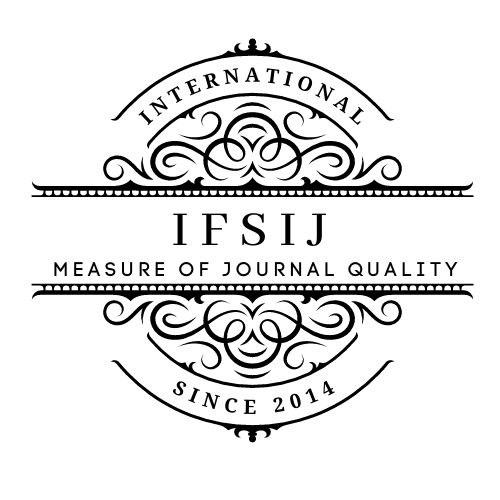DIFFERENCES IN THE CLINICAL COURSE AND DIAGNOSIS OF TYPE ONE AND TYPE 2 DIABETES MELLITUS
Keywords:
Type 1 diabetes, type 2 diabetes, insulin resistance, autoimmune diabetes, diabetic ketoacidosis, hyperosmolar hyperglycemic state, beta-cell dysfunction, c-peptide, glycemic control, metabolic disorder.Abstract
Diabetes mellitus is a chronic metabolic disorder classified into Type 1 and Type 2, each with distinct pathophysiological mechanisms, clinical courses, and diagnostic criteria. Type 1 diabetes (T1DM) is an autoimmune condition characterized by the destruction of pancreatic beta cells, leading to absolute insulin deficiency and a sudden onset of symptoms, often in childhood or adolescence. In contrast, Type 2 diabetes (T2DM) develops gradually due to insulin resistance and progressive beta-cell dysfunction, typically affecting adults and strongly associated with obesity and lifestyle factors. The clinical course of T1DM involves a high risk of diabetic ketoacidosis (DKA), while T2DM is often asymptomatic in its early stages but can lead to long-term complications such as cardiovascular disease. Diagnosis of both types relies on blood glucose measurements, but distinguishing features include the presence of autoantibodies and low C-peptide levels in T1DM, while T2DM is often characterized by elevated C-peptide and insulin levels in the early stages. Understanding these differences is crucial for accurate diagnosis, appropriate management, and effective prevention strategies.
Downloads
Published
Issue
Section
License

This work is licensed under a Creative Commons Attribution-NonCommercial-NoDerivatives 4.0 International License.















